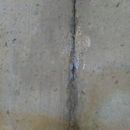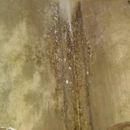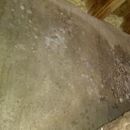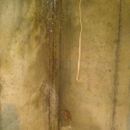Insulation regulations in Michigan and basement blanket
Hello:
I’ve found this website and forum to be extremely useful and wanted to share an issue we discovered, constructing our home in Michigan in 2018-2019. Code here required a minimum R value in our basement I believe as part of a Michigan energy program passed in 2015. The solution provided was to install a “basement blanket” on our poured concrete basement walls. We informed the local building inspectors that we did not want the blanket and that we would be hoping to frame our walls in and do the insulation properly with closed cell foam, but did not have the funds or time to do it right away. Plus, we wanted to give the house foundation some time to settle and address any issues before framing the walls in. Unfortunately, I went forward with the blanket so that we could pass inspection and move forward.
Almost a year later, I started to see water forming on the floor of our basement next to the outer walls. I removed part of the blanket only to find heavy moisture between the blanket and concrete walls and mold starting to form on the concrete surfaces. Heavy mold was starting to form in the corners. Pictures are attached of the extensive damage this has caused.
In my opinion this regulation and requirement should be removed and put back the way it was before (we built a house in 2001 in Michigan and at the time were not required to have a minimum R value in the basement, so that we could later finish the basement and do it properly). Not only has this basement blanket added a large expense to our construction project up front for something that we would end up tearing down, it has also increased this cost even further for the cleanup process of the mold damage, and disposal cost of hundreds of feet of 8 foot fiberglass insulation. If left for more time, there could have also been health issues as well from the heavy mold that was starting to form on the walls.
Hopefully this helps others and those that are in this same dilemma with new construction. Also, hopefully this can get through to lawmakers that are designing these regulations to remove this practice and ensure that regulations are only created from real world data to ensure proper installation practices and not from theoretical numbers.
Thank you.
GBA Detail Library
A collection of one thousand construction details organized by climate and house part














Replies
css1813,
That's too bad and I'm sorry you ended up with such a mess. The problem is as you say with allowing batts insulation against a concrete wall without an adequate air-barrier. That should certainly be changed.
However I'm not sure that it makes sense to allow uninsulated foundation walls in the expectation they will be done properly later. That isn't typically the way codes for building work. Anything necessary to make the house code compliant needs to be done before occupancy - even it that is expensive, it's part of the cost of building a house.
Unfortunately this is also allowed and the standard way around here (Ontario, Canada). Most of the time, the basements are fine, but occasionally it does turn into a moldy mess.
Usually when basements are finished and the blankets removed, at least some area will have a bit of mold behind it.
It is bad idea, sad to see that a number of local codes allow for it.